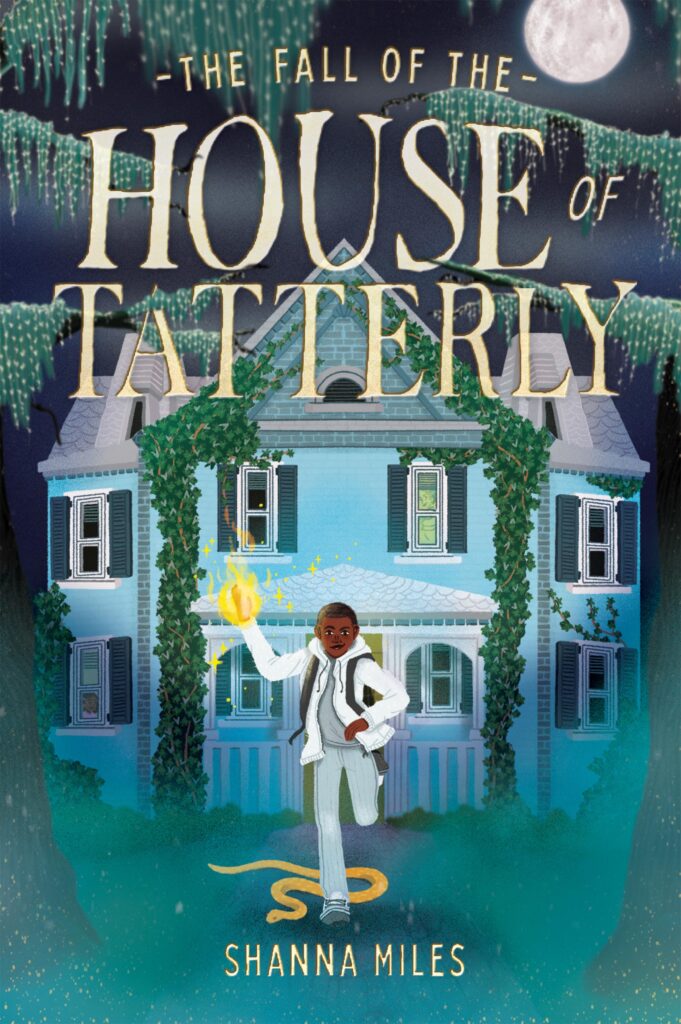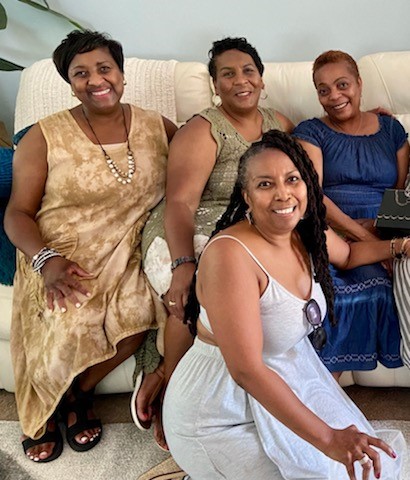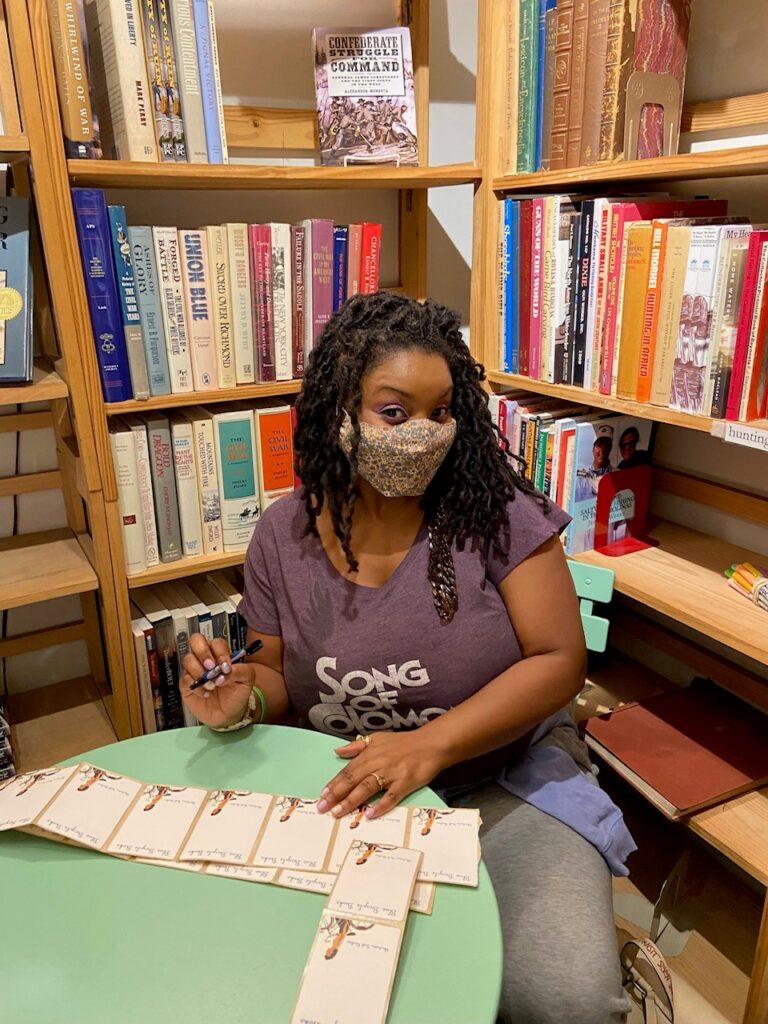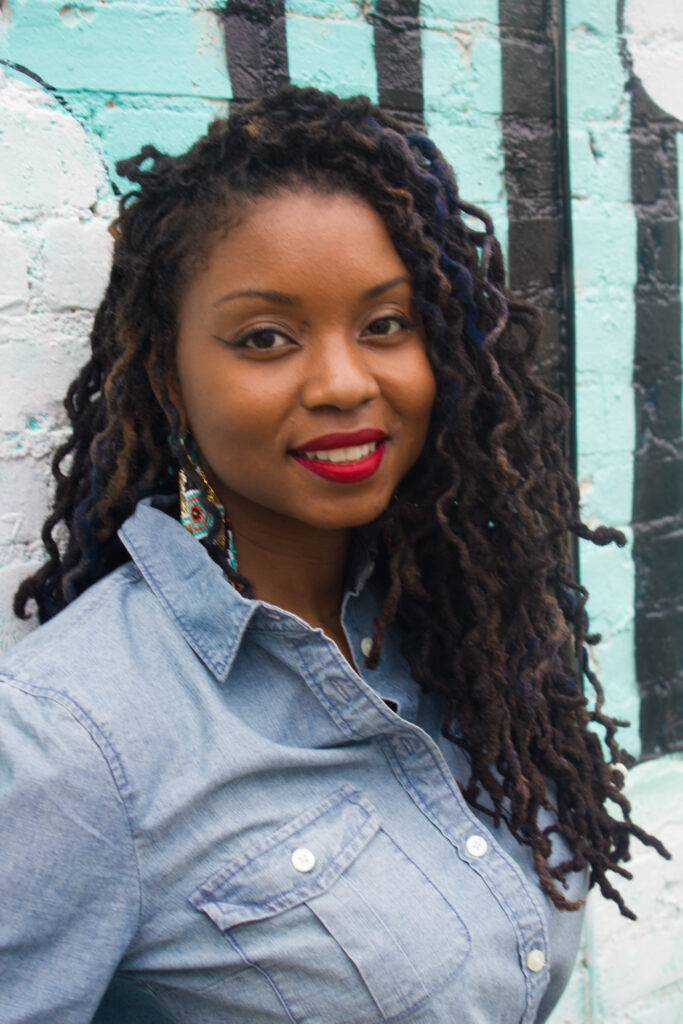Multigenerational Mayhem, a guest post by Shanna Miles

I had just turned eighteen when I moved 200 miles away from home to attend college in Atlanta. I could not wait to have that sense of independence and finally, a bit of freedom. Of course, my mother was only a phone call away, but if there was an emergency it might take a while. As you might have guessed, there was an emergency.
I woke up one night with a fever of 102. When I laid my head on my roommate’s lap my skin was so hot she had to put a blanket between us. At the hospital they diagnosed me with pneumonia. I’d never been so sick in my life and it wasn’t my mother who picked me up and spent a week nursing me back to health, it was my Auntie Deborah. Now she wasn’t my mother’s sister, she was a family friend who was like a sister. My sophomore year I’d need to live with another Auntie Deborah, another sister friend for a few months. These women mothered me and they are part of my family.
ADVERTISEMENT
ADVERTISEMENT
These kinds of kinship connections aren’t uncommon in the African American community where extended family networks have a long history in America born out of necessity and custom. When nuclear families could be broken up by slavery and a baby or mother sold overnight it was up to grandparents and uncles, sister friends and cousins to step in and raise children. The necessity emerged again during the Great Migration of the mid-twentieth century where thousands upon thousands of Black folks from the South moved to the North to cities like Chicago and New York and West to places like Los Angeles to escape Jim Crow and grasp at the American dream. Many times it was a sister or brother who went first, only for a younger cousin or Aunt to follow. Grannies raised kids on sharecropping farms and then put them on trains to Detroit to live with an Uncle once they were old enough. Love was expansive and multigenerational, often in the same house. So, why do so few sitcoms, movies, and books feature these kinds of families? With so many personalities the possibilities for drama are nearly endless.

One of the most common plot points of middle grades and YA novels is that the kids know something and their parents or their teachers don’t believe them, but I’m always a little baffled that no one calls up an older cousin or cool Uncle to help. What’s up with that? According to the Pew Research Center the number of multigenerational households has quadrupled since 1971 and that number is only getting larger year by year. A good portion of that growth is due to foreign-born citizens, Black, Asian and Hispanic Americans, who are more likely to live with extended family under one roof.
Mom, Dad, two kids and a dog is the picture of the American family that was packaged and sold to America at the dawn of television, but that isn’t how many of Americans lived. In my middle grade fantasy, THE FALL OF THE HOUSE OF TATTERLY, it was important to me to highlight and celebrate the extended family. In eleven year old Theo’s house there isn’t just a mother but three mother figures in his Aunts, each with their own unique power. There’s a cousin who’s just like a brother and New Nana, a grandparent being cared for at home. There are ghosts and an up close and personal relationship with ancestors. They give advice and they tell jokes. They help build a life and fight a demon or two.
When yet another pair of opportunistic realtors come snooping around the grand three story family home on Bay street in Charleston, the Aunts put a protective charm on the deed so that the house can’t be found on any search of the cities records, but there’s something more dangerous than an overzealous real estate agent at work. Someone is trying to break up Theo’s home and his family and there’s a good chance that someone might be dead.

Theo has a complicated family structure, but that doesn’t mean he’s lacking in love, it’s quite the opposite. I wanted kids who live like Theo to see themselves. I’m talking about the only children who never felt that way because they had cousins who were raised right along with them, if not in the same house, as close as next door or across the street. They might have a room in their Auntie’s house and the adults around them make decisions not just for the people in their immediate family, but everyone in the family circle.
His Aunt Ionie is telekinetic and isn’t afraid to use a flying spoon when she needs to. His Aunt Cedella? She can manipulate emotions with her food. Old Nana, Theo’s grandmother, has banned Cedella from the kitchen when she’s angry. There’s Aunt Sabrina who sees the future and Aunt Roneisha, Theo’s official mom. His real mother couldn’t take care of him so she gave him to his father’s family to raise.
ADVERTISEMENT
ADVERTISEMENT
According to the National Council for Adoption 35% of all adoptions are by a relative, but families and situations like Theo’s aren’t usually what we think of when we think about the practice. Not only because Theo’s family comes from a long line of supernaturally gifted people called Bika, but also because we don’t think about the various ways that a family can be made, but that’s changing with stories like Theo’s and stories about found family, divorced parents, families with open adoption and queer parents. They’re all valid and they all produce super cool kids.
With a little magic and a hellhound here and there I’m able to tell a story about a very unique kid with a very unique family, but when you look closely it’s easy to see that even a house full of people who can move things with their mind or speak to the dead aren’t so different from you and me.
Meet the author

Shanna Miles is the author of the YA novel For All Time, which received a starred review in BCCB and was featured in Insider, BuzzFeed, Parade, and more! She was born and raised in Columbia, South Carolina, and considers herself a dyed-in-the-wool Southern girl. She lives in Georgia with her family. When she’s not working as a high school librarian, she can be found writing. Visit her online at shannamiles.net or on Twitter at @srmilesauthor. The Fall of the House of Tatterly is her first middle grade novel.
About The Fall of the House of Tatterly
Twelve-year-old Theo Tatterly’s ability to see ghosts is a useful skill in a house full of dead relatives, but it makes him a loner at school and everywhere else, where ghosts eternally pester him for help. For Theo, life is easier on the periphery. When his first failed exorcism portends an end to the Tatterly line, Theo must bring together his entire family—living and dead—to save the home they’ve lived in for generations . . . and maybe the world.
Author Shanna Miles’s story of magical modern-day Charleston crackles with unforgettable characters and pays homage to the city’s rich culture, folklore, and history.
ISBN-13: 9781454949305
Publisher: Union Square Kids
Publication date: 10/10/2023
Age Range: 8 – 12 Years
Filed under: Guest Post
About Amanda MacGregor
Amanda MacGregor works in an elementary library, loves dogs, and can be found on Twitter @CiteSomething.
ADVERTISEMENT
ADVERTISEMENT
SLJ Blog Network
Name That LEGO Book Cover! (#53)
Cover Reveal and Q&A: The One and Only Googoosh with Azadeh Westergaard
Exclusive: Vol. 2 of The Weirn Books Is Coming in October | News
Fighting Public School Book Bans with the Civil Rights Act
ADVERTISEMENT







